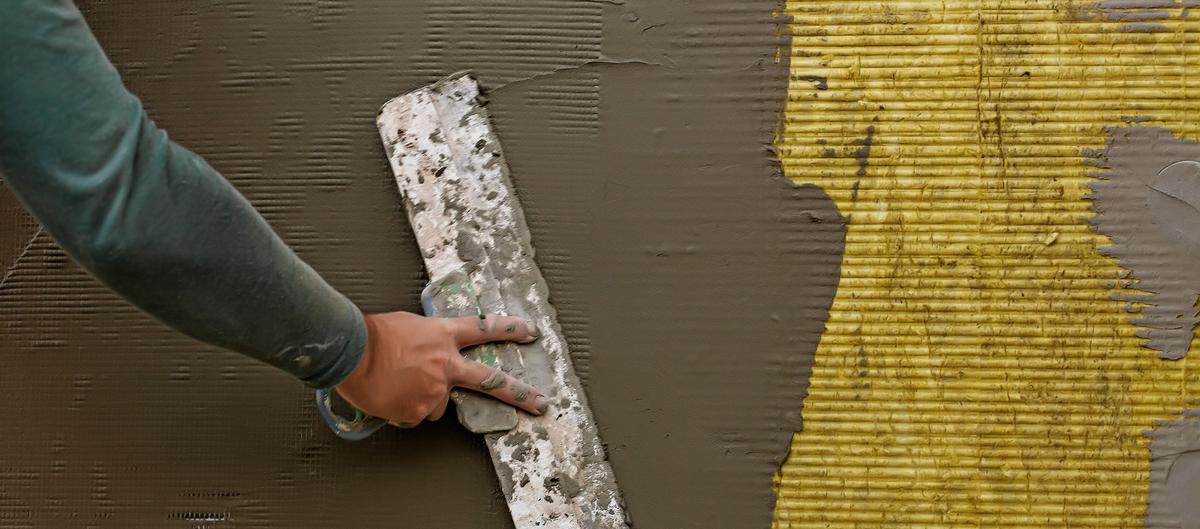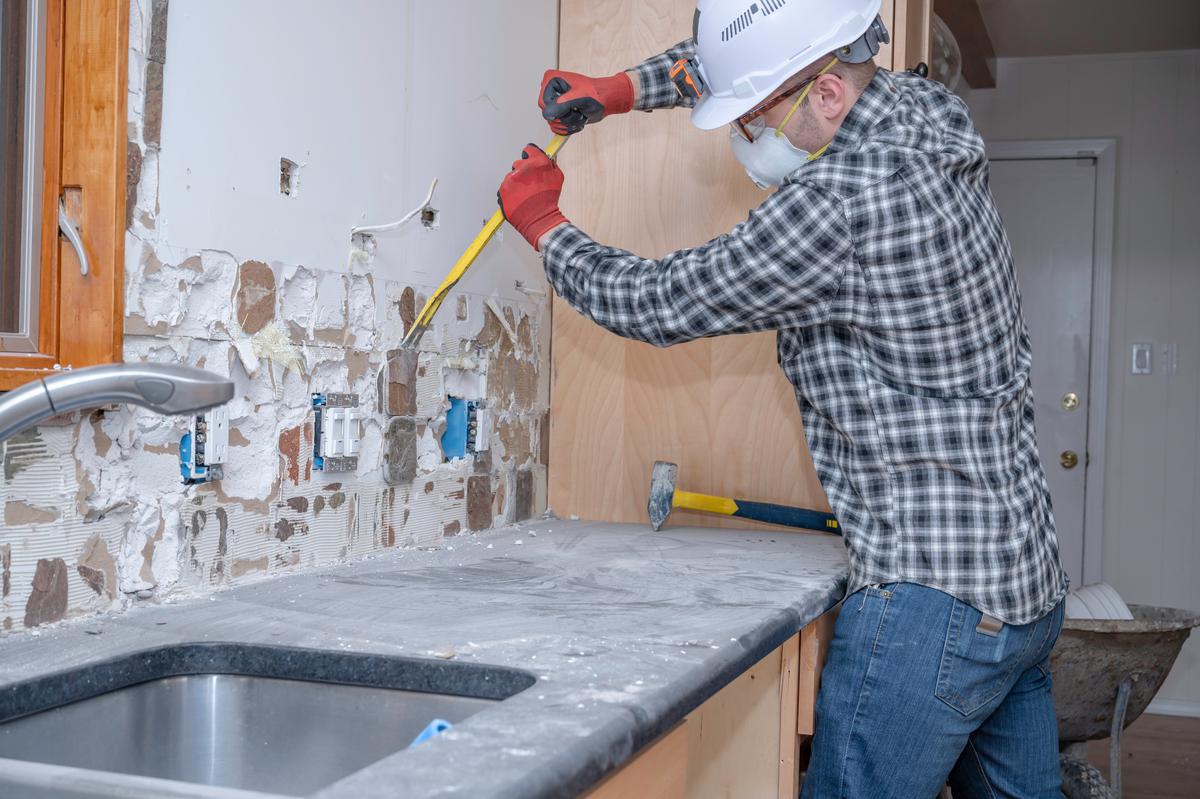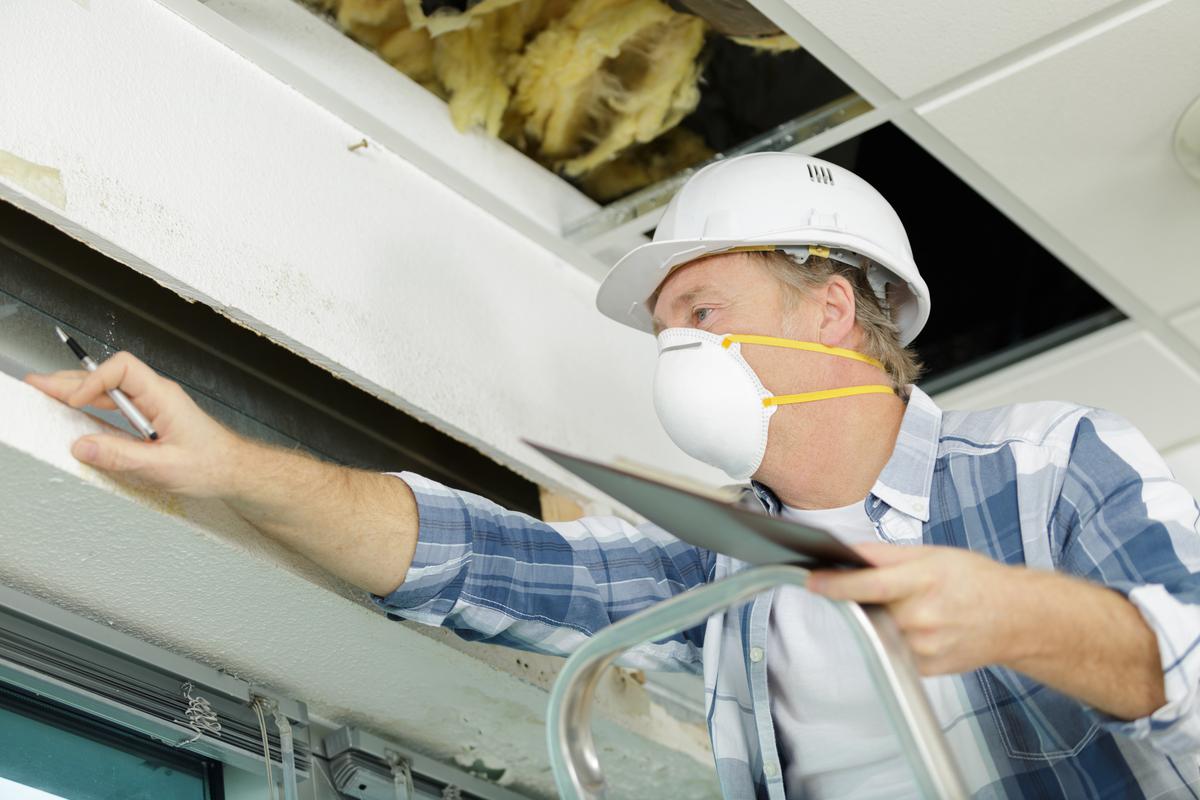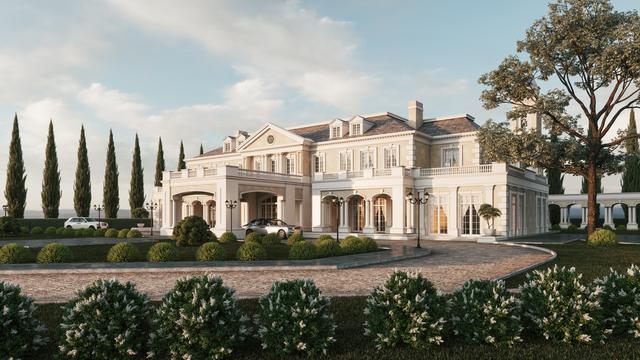Preparation and Safety
Before beginning, assess the workspace for any potential safety hazards. Ensure the area is well-ventilated to avoid exposure to fumes from adhesives or chemicals. Wear appropriate personal protective equipment, including gloves, goggles, and a mask.
Prepare the walls by ensuring they are clean, dry, and contaminant-free. Install FRP panels over solid surfaces like drywall, plywood, or cement board for the best results. Make sure that all installation materials, including adhesives, are compatible with FRP. Maintaining a temperature of around 70°F during installation helps the panels adhere better and reduces the risk of future issues.
Tools and Techniques
Gather the essential tools for the installation:
- Utility knife: This is for cutting panels to size.
- Level: To ensure panels are aligned correctly.
- Notched trowel: For evenly spreading adhesive.
- Adhesive: Specifically formulated for FRP.
Begin by measuring and marking the wall for panel placement. Use a level to ensure your first panel is straight. Apply adhesive with a notched trowel and press the panel firmly against the wall to secure a strong bond. Leave a 1/8” gap between panels to allow for expansion and contraction. If fasteners are required, follow the recommended spacing guidelines.
Maintenance Tips
Establish a regular cleaning routine to maintain the appearance of your FRP panels. Clean the panels with mild soap and water, avoiding harsh chemicals that could damage the finish. Periodically inspect the panels for signs of wear or damage and replace any damaged sections promptly to maintain the integrity of the installation. For mold or mildew, clean with a solution of vinegar and water. Regular inspection and cleaning will prolong the life of your FRP panels, keeping them functional and attractive.
Environmental Impact and Sustainability
FRP panels offer significant environmental benefits, particularly regarding recycling and energy efficiency.
Recycling and Disposal
Due to their composite nature, recycling fiberglass materials can be challenging, as they are not widely accepted in standard recycling programs. However, some companies have developed methods to grind and repurpose fiberglass into new products, reducing landfill waste. Consider partnering with facilities specializing in composite recycling or using waste-to-energy methods for responsible disposal.
Energy Efficiency in Production
The production of fiberglass-reinforced panels consumes less energy compared to traditional materials like steel and aluminum. The manufacturing process typically involves energy-efficient pultrusion techniques that produce fewer greenhouse gas emissions. Fiberglass materials also have low embodied energy, meaning they require less energy to produce from raw materials to finished products. This makes FRP panels an excellent choice for projects focused on sustainability and green building practices.









comments